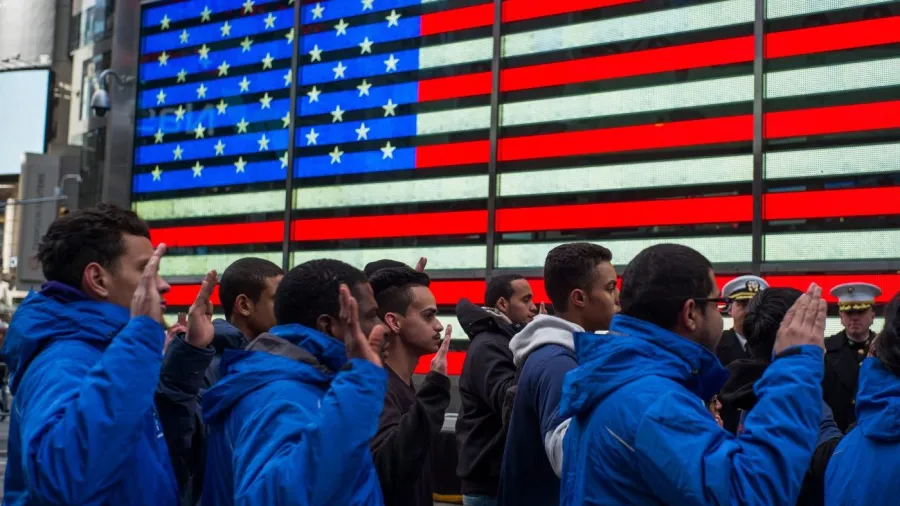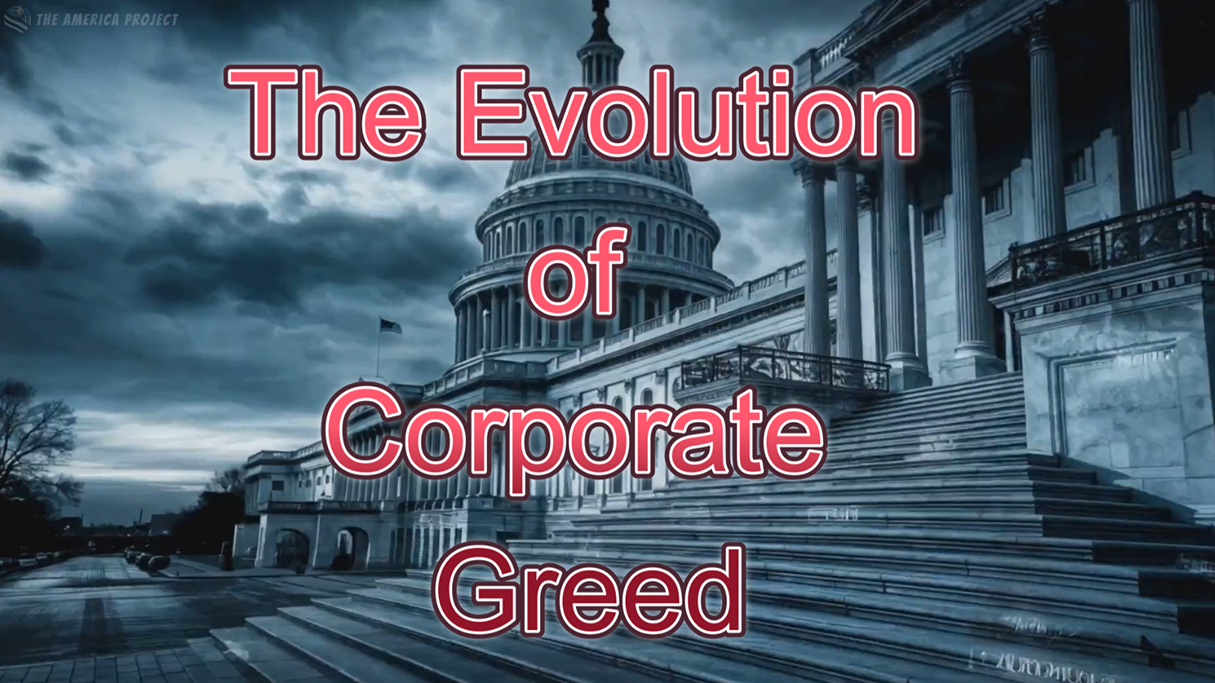Fix military recruiting deficits through compulsory national service
With the notable exception of the Marine Corps, America’s military is facing a recruiting crisis.
Army recruiting fell approximately 15,000 short of its fiscal 2022 goal, and 10,000 short of its 65,000 goal in fiscal 2023. This year, the Army projects that it will meet its goals, but that is only because they have been lowered by 10,000 to last year’s actual 55,000 number.
The Navy has also fallen short of its enlistment goals. In fiscal 2023 it had hoped to recruit 37,000, but fell short by 7,460 — the first time the Navy has had a recruiting shortfall. Earlier this year, the Navy announced that it was meeting its goals for fiscal 2024; more recently, however, the service announced that once again it will be 6,700 persons short of its target. This year’s shortfall has meant that some 18,000 positions at sea went unfilled, creating an additional burden for sailors who already serve on lengthy overseas deployments.
The Air Force also fell short of its recruiting objectives in fiscal 2023. This year, the service expects to meet its goals, but, as with the Navy’s revised estimates, that too can change.
For all of the military services, having fewer available personnel imposes greater demands on those who do serve and undermines both efficiency and morale.
Some argue that low unemployment in a strong economy offers young people more competitive alternatives to military service. But as many economists have pointed out, the low unemployment rates of recent years are due in part to people holding lower-paying jobs that in theory should be poor alternatives to military service with its many benefits. Economics does not fully explain the recruiting shortfalls.
These shortfalls are due to a number of additional, and perhaps more critical, factors. To start, only 23 percent of Americans 17 to 24 qualify to serve, due to obesity, drug use or inability to meet academic standards. Worse still, only 9 percent of this age group are even interested in joining the military.
Because it is difficult to enter military facilities, ordinary citizens have little contact with military personnel, much less fraternize with them, unless they are related to a servicemember or a veteran. Indeed, 80 percent of the young people who join as new recruits are related to someone who spent some time in the military.
Moreover, as the most recent Reagan National Defense Survey reports, public confidence in the military has plummeted from 70 percent in 2018 to 46 percent in 2023. Indeed, roughly one-third of Americans would discourage their friends or family members from serving in the military. These are exceedingly troubling findings.
Some argue that the only way to ensure that the military meets its recruiting goals is to reinstate compulsory military service. But most analyses have posited that a return to the draft would be more costly than sustaining the decades-old all-volunteer military. A draft would also undermine military morale and unit cohesion, as it did in the 1960s. It would probably also provoke the same protests as it did during that turbulent decade. The social and national security cost of a draft far outweighs the benefits that might accrue to the military.
Compulsory national service for two years offers a far better alternative to a draft. Such national service could increase the likelihood that the military would finally achieve its recruiting goals: Once young people know that they will have to serve the nation, they might be more inclined to look at the military option, with all the benefits that service in the military offers, especially for those who would choose to remain in the service for more than two years.
The federal government currently promotes an array of national service programs. These include the Peace Corps, which John F. Kennedy inaugurated in his first year in office. In 1964, Lyndon Johnson created VISTA, which was meant to address the War on Poverty, and which together with other agencies was subsumed in AmeriCorps, which came into being during the first year of the Clinton administration. And George W. Bush instituted the USA Freedom Corps.
Service in all of these agencies is voluntary, however. Some legislators have suggested expanding voluntary service programs, but none of these proposals have gained much traction and none would have any effect on the military’s recruiting travails.
Two decades ago, Rep. Charles Rangel (D-N.Y.) unsuccessfully promoted legislation to mandate universal national service. The first time he did so, in 2002, his bill was defeated on the floor of the House. He tried multiple times over the following decade, without success.
Congress should revisit Rangel’s initiative. Compulsory service could do more than help to eliminate the military’s recruiting shortfalls. It would expose young people to fellow citizens who are not like themselves — whether racially, religiously, ethnically or in terms of gender — and thereby potentially help to bridge the bitter divides that plague our nation.
This op-ed is part of The Hill’s “How to Fix America” series exploring solutions to some of America’s most pressing problems.
Dov S. Zakheim is a senior adviser at the Center for Strategic and International Studies and vice chairman of the board for the Foreign Policy Research Institute. He was undersecretary of Defense (comptroller) and chief financial officer for the Department of Defense from 2001 to 2004 and a deputy undersecretary of Defense from 1985 to 1987.
Author: Dov S. Zakheim, opinion contributor
Source: https://thehill.com/opinion/national-security/4813894-fix-military-recruiting-deficits-through-compulsory-national-service/
Sign up for our newsletter to stay up to date on what's happening with the America Project and our Connect the Dots Campaign!




Post Comment